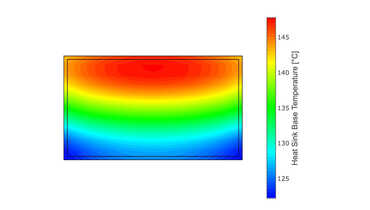At the beginning of 2014, it was reported that artificial graphene had been produced for the first time. A material similar to stable, yet flexible, conductive and transparent graphene. Several researchers from various universities in Luxembourg, Lille, Utrecht and Dresden have succeeded in producing this artificial form of graphene in their scientific collaboration.
Breakthrough is a long time coming
Three years have passed since this breakthrough. And the research is still ongoing. Unfortunately, not much groundbreaking has really happened since that announcement. Graphene is a two-dimensional carbon and the great hope of many materials scientists because it is intended to replace the ITO (Indium Tin Oxide), which has been widely used up to now, whose deposits are running out and prices continue to rise. Numerous areas of application for the new material "graphene" have already emerged. These can be found especially in the field of flexible displays and photovoltaic systems. Nevertheless, an industrial, cost-effective form of production has not yet been found. And the search continues for possible substitutes for graphene, which are expected to be an even simpler form of production.
Graphene research is in full swing
However, since large international companies such as Samsung and IBM invest a lot of money in graphene research. And since 2013, the European Union's "flagship project" has been invested in research, hopefully one can hope for a useful research result soon. After all, since the EU research project, small achievements in graphene research have become visible year after year. We are curious to see when the big breakthrough of a manufacturing process suitable for mass production will come. This is because it is crucial for the cost-effective production of graphene-based electronic applications.



